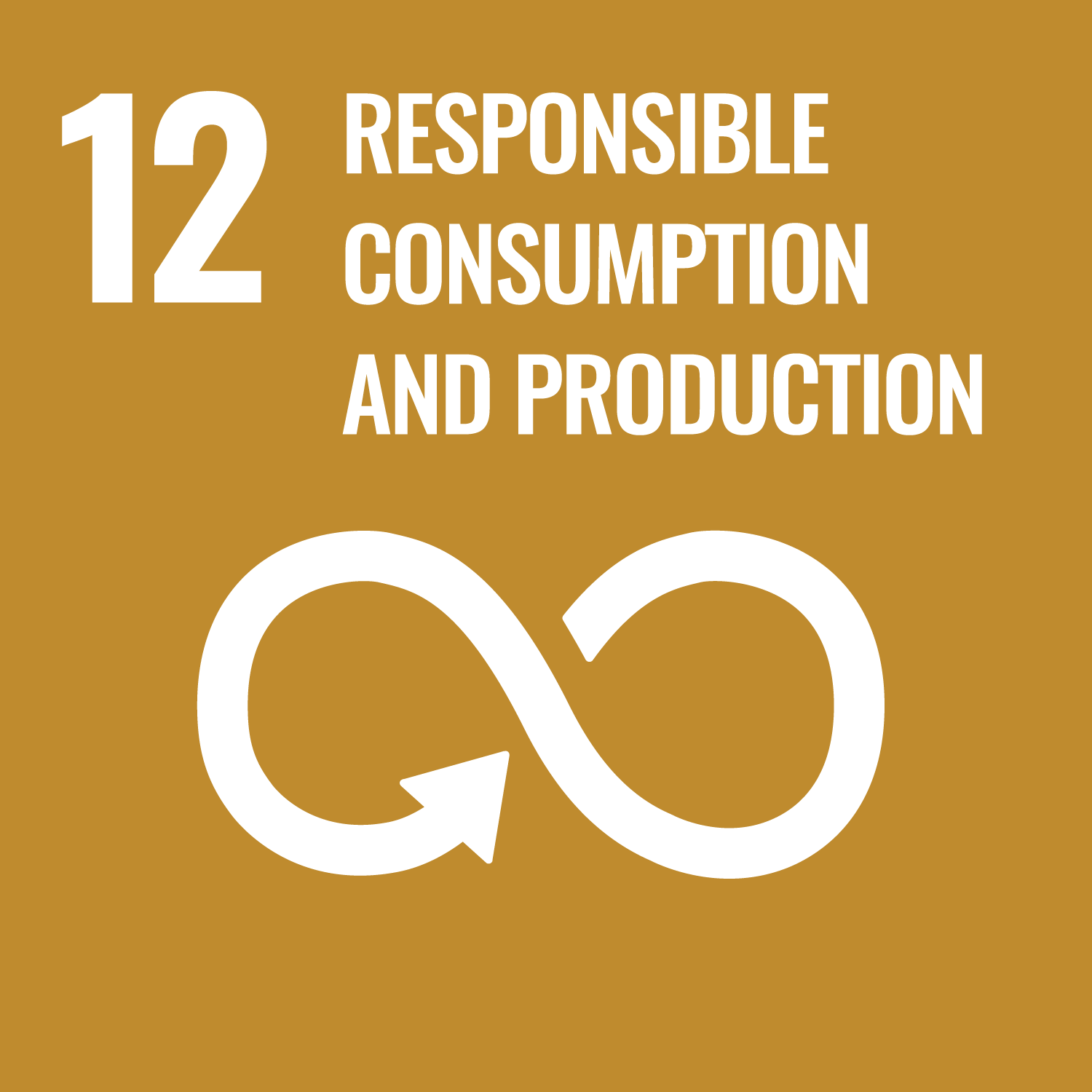SDG Detail
CHEMMAT 755 : Materials for Energy and Environmental Applications
Postgraduate courseProject description
This is an elective materials paper after CHEMMAT 121 and 204 (221), and the only paper that studies the electronic properties of materials and focuses on materials energy and environmental applications. This paper will introduce the electrical conduction and energy band/bandgap theory, and use it to explain the conduction property of metals, insulators and semiconductors. Energy and environmental technologies are the two most important areas worldwide in the 21st Century. Students need to understand the critical roles that materials play in energy, environment and device industries
Project aims
?
Project outcome
By the end of this course, students will be able to: Demonstrate an understanding of and be able to describe the classical theories of electrical conduction and energy band/bandgap theory, and can use it to explain the conduction property of metals, insulators and semiconductors. (Capability 1.1, 2.1, 2.2, 3.1, 3.2, 4.1, 4.2 and 5.2) Demonstrate an understanding of the semiconducting mechanism and can use it to define intrinsic and extrinsic (p and n-type) semiconductors, and evaluate/calculate the doping and p-n junctions properties. With case study to familiarise the common semiconductor devices and microelectronic techniques. (Capability 1.1, 2.1, 2.2, 3.1, 3.2, 4.1, 4.2 and 5.2) Demonstrate an understanding of the basic magnetic properties and use it to evaluate and calculate the properties of magnetic materials. Using the basic concept to explain types of magnetism, temperature effect, magnetic domain structure and magnetic energy. Using Hysteresis loop to analyse and calculate the properties of soft and hard magnetic materials, and evaluate their suitable applications. (Capability 1.1, 2.1, 2.2, 3.2, 4.1, 4.2, 4.3 and 5.2) Describe and explain the basic superconducting properties and understand the composition-property relationships of conventional superconductors and high temperature superconductors, and explain their current applications and future development. (Capability 1.1, 2.1, 2.2, 3.1, 3.2, 4.1, 4.2, 4.3 and 5.2) Understand and apply knowledge of materials used as photo-catalysts for environmental technology, and how to apply them to wastewater treatment/air cleaning and valuable materials recovery. (Capability 1.1, 2.1, 2.2, 3.1, 3.2, 4.1, 4.2, 4.3 and 5.2) Demonstrate and apply knowledge on the properties and application of dielectric materials, and be able to explain the mechanisms behind the uses. (Capability 1.1, 2.1, 2.2, 3.1, 3.2, 4.1, 4.2, 4.3 and 5.2) Identify and explain the use of thermoelectric materials and demonstrate an appreciation for uses of such materials. (Capability 1.1, 2.1, 2.2, 3.1, 3.2, 4.1, 4.2, 4.3 and 5.2) Understand and describe the main types and reaction mechanisms of batteries, fuel cells and supercapacitors. Describe materials selection requirements for a battery cell, and how different types of positive/negative electrode materials affect the battery reaction mechanism and performance. (Capability 1.1, 2.1, 2.2, 3.1, 3.2, 4.1, 4.2, 4.3 and 5.2) Understand and explain the theoretical and practical cell voltage, capacity and energy density. Be able to calculate the specific capacity and energy density of electrode materials. Recognise the operational characteristics, capacity and performance of a battery are affected by many factors. Be able to suggest suitable methods to evaluate battery performance (Capability 1.1, 2.1, 2.2, 3.1, 3.2, 4.1, 4.2, 4.3 and 5.2)
Related SDGs
The corresponding sustainable development goals correlated with this project. You you click the icon to link to SDG category description page.









